How Novelists Can Benefit from Using Cinematic Scene Structure
We’ve covered a lot of diverse topics in this mulit-month look at scene structure. I mentioned in January how weak scene structure is a plague in manuscripts, especially those of beginning writers. My goal here with this series—which includes in-depth (read: long) looks at best-selling novels’ first pages and back posts via the Throwback Thursday section—is to leave no writer behind.
Meaning, I want all of you to nail scene structure. Let’s make 2016 the year you never write another rotten, boring, nothing scene again. Deal?
It’s doable! If you haven’t read all the posts on Live Write Thrive this year so far, consider doing so. We’ve been using my scene-structure checklist on Mondays and my first-page checklist on Wednesdays. I’m going to have to come up with some new checklists after this—these two will be so worn out, I won’t be able to read them when we’re done!
Heading to Hollywood . . . Again
So, with all that said, I want to veer off in my favorite direction. Or as Bugs says, “Let’s take a left turn at Albuquerque and check out cinematic technique.” Okay, he didn’t quite say it that way, but if you’re traveling north in New Mexico and you hang a left, at some point you will end up . . . yes . . . in Hollywood.
Many of you joined me a couple of years ago on this blog as we strolled through the movie lots in Hollywood and tried on some different hats. Meaning, you learned a bit about thinking like a director, a film editor, and a screenwriter.
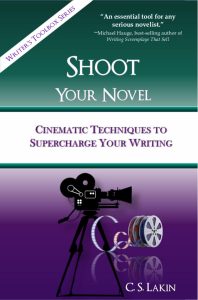 I want to revisit some of the ideas I put out to you because I feel they are so helpful. If you don’t have Shoot Your Novel, consider getting it and digesting all the unique, great material in there. No other book explains and shows how novelists (or writers of any kind of fiction or creative nonfiction) can use cinematic technique effectively.
I want to revisit some of the ideas I put out to you because I feel they are so helpful. If you don’t have Shoot Your Novel, consider getting it and digesting all the unique, great material in there. No other book explains and shows how novelists (or writers of any kind of fiction or creative nonfiction) can use cinematic technique effectively.
The book isn’t about story structure—it doesn’t tell you where all the plot points and turning points are. It’s about approaching scene structure the way directors do—as a compilation of segments, using different camera shots, which then get edited into a smooth, seamless scene.
Of course, I’m not going to cover everything we looked at (which took an entire year), but I do want to cover some of the key ideas that pertain to scene structure.
And this brings us to the last items on the scene checklist that we’ve yet to cover:
___ My scene “moves the camera around” so that the high moment stands out and the reader is made to pay attention
___ My scene takes the reader where I want her to go and makes her notice what I want her to notice
Last week we talked about continuity of time. How important it is to make clear how much time is passing in a scene (a short capsule of time), and how much time has passed between scenes. This element is too often missing from the novels I critique and edit.
When you watch a film, it’s usually a nonissue. It’s assumed each scene takes place after the previous one in time, and if not, there’s usually some visual indicator (it’s a different time of day or night) or something’s said right away to clue the reader how much time has passed.
A scene might end with a character chopping wood in the fall, with the last autumn leaves swirling around his head. If the next scene opens with him sitting by a toasty fire in his hearth and looking out the window at heavy snow piling up three feet outside his window, we know, without him saying a word, that some time has passed. It may have been only hours (huge sudden snowstorm), or months. The script and production can indicate more precisely.
For fiction writers, indicating time is easier, but, as we looked at last week, it’s not always best to just state what date or time it is. Just as with a great movie, a well-crafted scene will utilize creative ways to do this.
What matters, though, when telling a story is to present continuity. A smooth flow of time (even if the novel has multiple timelines or even skips back and forth in time) is the goal.
Making the Reader Pay Attention
Continuity also involves how you are moving your characters around, which should be done with deliberate intention, for specific reasons. And this is where cinematic technique comes in.
If you recall only one thing from my Shoot Your Novel course, I hope it’s this: Your job as the creator of your story is to make your reader pay attention to what you want her to.
Cinematic technique for scene building is all about leading your reader visually by the hand and showing her what you want her to see.
Fiction writers, I’m guessing, almost never think of scene structure the way filmmakers do. Filmmakers read a script scene and think about the point of that scene. How it is going to build to a key moment (the high moment I always talk about). Then they break it into pieces.
Write Down the Camera Shots to Get a Cinematic Feel
Pay attention the next time you watch a movie (or a TV show) and note how many different shots are in one scene. In fact, if you want a helpful assignment, try this:
Write down every shot on a piece of paper as you watch (it’s easier if you use a DVD so you can pause). Pick a movie in your genre. Why? Because this will help you learn some things about the pacing, tone, and structure of scenes that are found in stories like yours.
Now, when I say write down the shots, I’m talking about the camera angles. You don’t need to know what they’re called (although, if you’ve studied Shoot Your Novel, you can give yourself a gold star if you can nail naming every shot!). You might have an establishing shot (showing a brief view of the setting to indicate where the scene is set), some close-ups and long shots. You might have the camera pan across a crowd or zoom in on something small. Just jot down the basic action of the shot.
What you want to notice is that one scene, which might be only a minute long, may have a dozen shots. Fast-action scenes may switch angles and shots every couple of seconds (I’m picturing Bruce Willis destroying the helicopter with his car). A more slow-moving scene—one in which two people are quietly having a private conversation—may have shots that last twenty seconds. These shots or segments are then strung together during editing.
The purpose in all this is to make the viewer pay attention to specific things. With a close-up, you as viewer are forced to see small details you would have missed if the camera had been positioned two blocks away. With a long, wide shot, you can see a huge explosion destroy all of downtown Dallas. Or the Death Star. Those shots are chosen for best impact.
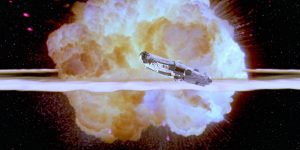 How impacting would it be to be close up on a Trooper when the Death Star blows up? You would have no idea of the real scope of the explosion. And if you needed to see that the murder victim in a movie had a tiny tattoo behind her ear, how could you do that from far away?
How impacting would it be to be close up on a Trooper when the Death Star blows up? You would have no idea of the real scope of the explosion. And if you needed to see that the murder victim in a movie had a tiny tattoo behind her ear, how could you do that from far away?
So, to tell a powerful story, writers need to paint a picture. But it can’t just be a huge landscape to view from a hundred yards away. There are details you need to bring out, and using specific camera shots can make your reader pay attention to what you want her to.
And all this ties into the purpose of your scene, which is to reveal some important bit about your characters and/or plot.
Spend a little time this week studying how movies string together the various segments that make up a scene. Shoot Your Novel explains how all the major camera angles and filmmaking techniques can cross over into fiction, so I’m not going to go in length about that. But we will touch on more of this in upcoming weeks.
Share some of your “findings” once you do this assignment. You might time a scene (if you have a DVD, pick a scene, note all the shots, then go back and time the scene, or vice versa). How many different shots were in that scene? Compare a high-action scene to a slower one. What stands out to you?
For a deep look at how novelists can use cinematic technique, get Shoot Your Novel. No other writing craft book teaches writers how to segment their scenes the way filmmakers do, using camera shots and cinematic devices to create powerful scenes and evoke emotion.
The most effective way to write scenes is to show, not tell, and this highly acclaimed book will give you unique tools to load your writer’s toolbox with.
With Shoot Your Novel, Susanne Lakin does something wonderful and unique. While lots of us in the business of helping writers and storytellers recommend adding vivid images to scenes, Lakin goes much further to reveal how employing the tools and techniques of movie directing, editing and cinematography will give your fiction deeper meaning and greater emotional impact. Her book is an essential tool for any serious novelist.
—Michael Hauge, Hollywood screenwriting coach, author of Writing Screenplays That Sell
Get your print or ebook copy here!
If you’re interested in more about scene structure, be sure to subscribe to Live Write Thrive so you don’t miss the posts. Mondays we’re going deep into scene structure, and Wednesdays we’re looking at first pages of great novels to see why they work. Join us!

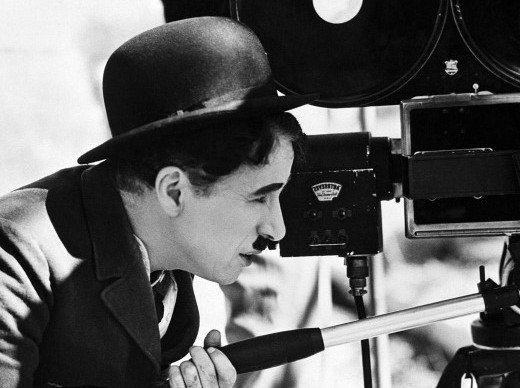
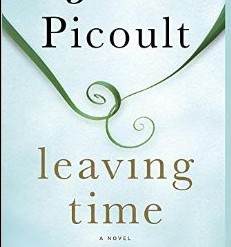
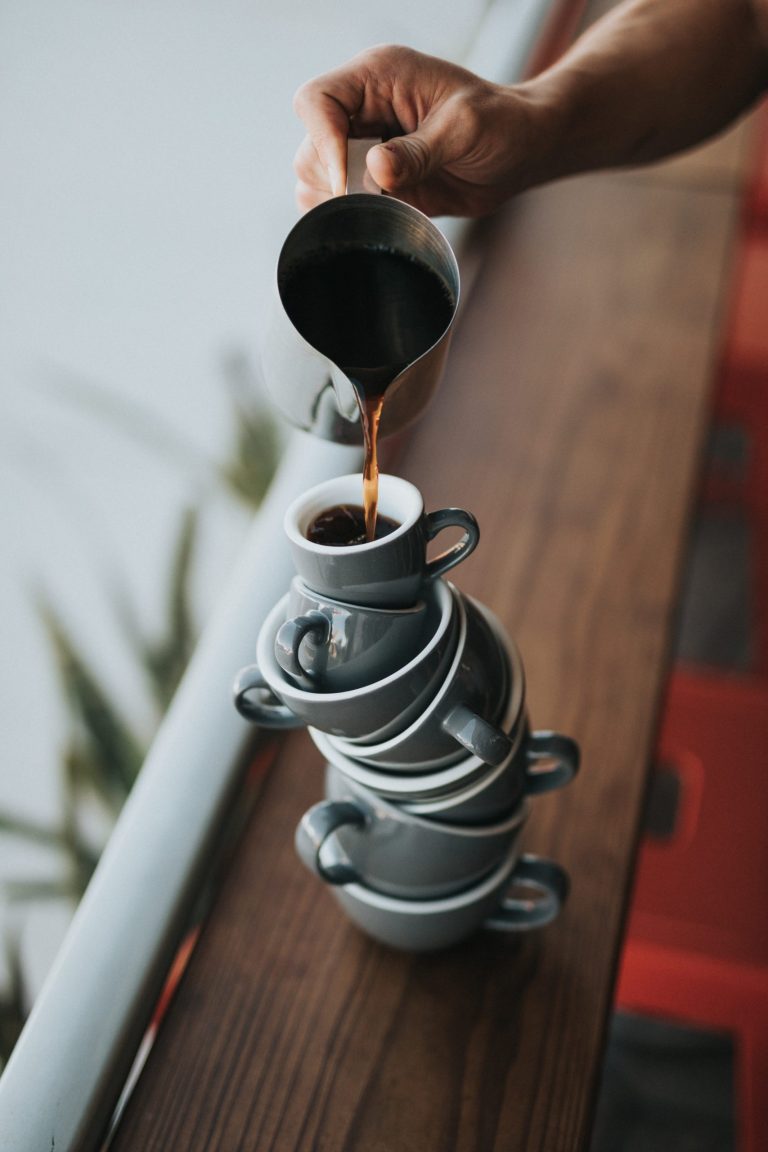
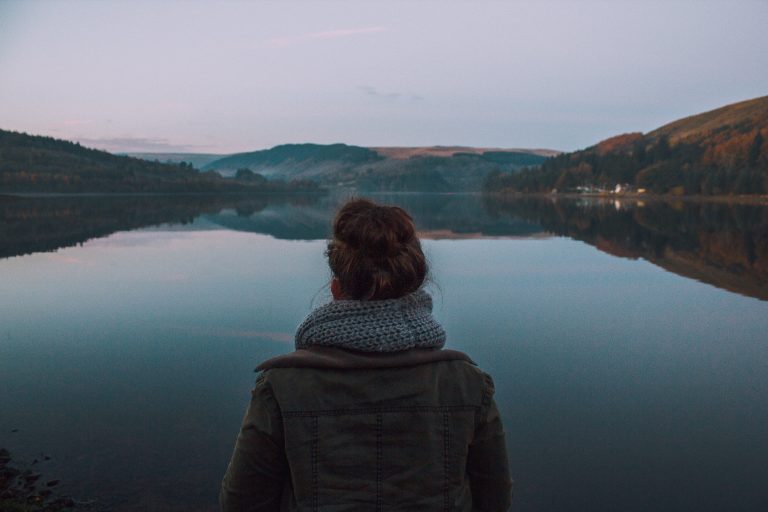

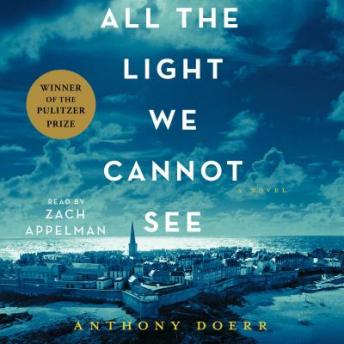
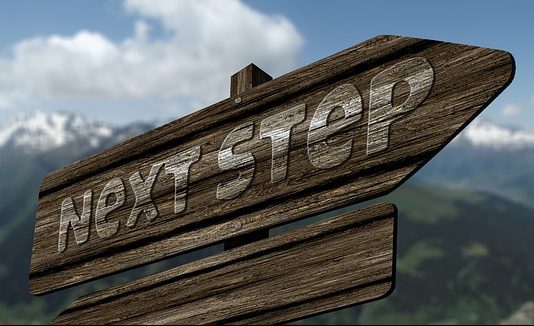




I recently picked up Shoot Your Novel and I’m loving it! I was wondering if there’s a comprehensive sheet with all the different camera shots together for quick reference? Thanks so much!
I do have a handout I give out when I do this workshop. You can access and download it here: https://www.livewritethrive.com/wp-content/uploads/2016/04/Shoot-Your-Novel-Camera-Angles.pdf